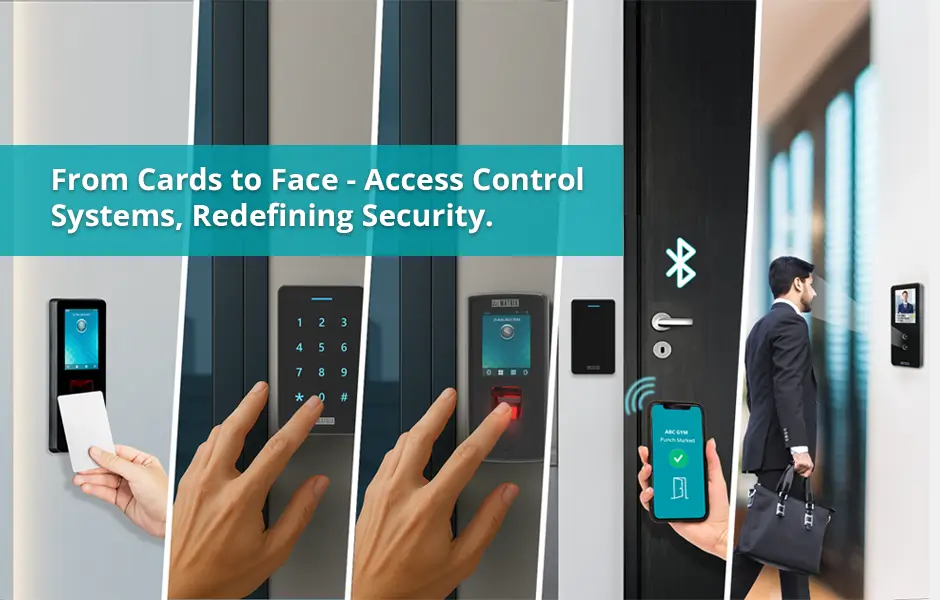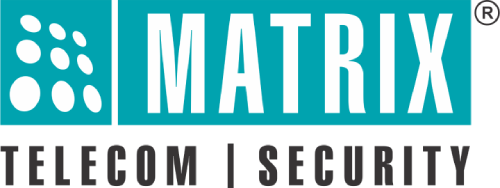
In today’s rapidly evolving world, security threats are increasingly sophisticated and unpredictable. The question of “who can enter” has transformed into a comprehensive “who, where, when, and why“. Traditional access systems, while a basic deterrent, are no longer sufficient against modern intruders. The good news is that the physical security landscape is undergoing a significant transformation, with advanced Access Control Systems emerging as a critical game-changer.
The global access control market is projected to expand significantly, from $9.6 billion in 2022 to an estimated $13.1 billion by 2027, according to a report by MarketsandMarkets. This substantial growth is fueled by a surging demand for smarter, cloud-based, and mobile-ready security solutions. This shift signifies a crucial evolution in how we approach physical security, moving beyond simple entry logs to embrace proactive, intelligent systems that provide comprehensive oversight and protection.
Beyond the Basics: What’s Changing in Access Control?
The capabilities of current access control systems vastly surpass those of older models. The innovations driving this revolution are fundamentally transforming security from a passive gatekeeper to an active security enabler. Here’s what’s changing:
- From RFIDs to Identity-Based Access with Biometrics: Today, access is increasingly tied to individual identity through advanced biometrics (like fingerprint or facial recognition) and RFID technology. For example, a corporate office uses facial recognition at its main entrance, allowing employees to enter seamlessly while restricting access for unauthorized individuals. Similarly, a hospital could utilize RFID-enabled badges for staff, granting them access to specific wards or medication rooms based on their credentials, eliminating the risk of lost physical keys or unauthorized key duplication.
- Remote Control and Monitoring: The power to manage your security system from anywhere is now a reality. Through intuitive mobile applications and secure web portals, administrators can grant or revoke access, monitor activities in real-time, and respond to incidents remotely. Imagine a university security manager needing to immediately revoke a student’s access to a lab after hours; they can do so instantly from their phone, even if they’re off-campus.
- Comprehensive Audit Trails and Real-time Alerts: Modern systems go far beyond basic entry logs. They generate detailed audit trails, providing a clear record of who accessed what, when, and where. Crucially, they also offer real-time alerts for unauthorized attempts or suspicious activities, enabling immediate intervention and proactive threat mitigation. For instance, a data center’s access control system could record every single entry and exit to server rooms, complete with timestamps and the identity of the person, crucial for compliance audits. Furthermore, if an unauthorized attempt to access a restricted area occurs, the system instantly sends an alert to security personnel’s mobile devices, allowing them to investigate the situation in real-time.
- Integration with Surveillance and Alarms: Consider a scenario where an employee tries to use a revoked access card at a secure entrance; the access control system not only denies entry but simultaneously triggers the nearest surveillance camera to begin recording and sends an alert to security. In a more critical situation, if an unauthorized breach is detected, the access control system could automatically initiate a building-wide lockdown while simultaneously notifying emergency services and activating internal alarms.
These advancements signify a paradigm shift, transforming access control from a reactive measure into a proactive and intelligent security layer.
Still Relying on Outdated Access Methods? You’re Taking Big Risks!
If your business still relies on old-fashioned access systems, locks, keys, or simple logbooks, you’re leaving yourself open to serious problems. Today, physical security is about more than just stopping theft. Here’s why you need to modernize:
- Easy Unauthorized Access: Old systems are simple targets. For example, a former employee at a tech startup still has an old access card. With a basic, un-updated system, they could potentially walk right back into the office and access sensitive data long after leaving the company.
- No Way to Track: If something goes wrong, you won’t know who did it. For instance, a valuable piece of equipment goes missing from a factory. Without a modern access control system logging every entry and exit to that specific area, it’s impossible to pinpoint who was last there, hindering investigation.
- Failing Compliance: Many businesses must have good security by law. Old systems often fail these checks, leading to big fines. Consider a healthcare clinic using manual sign-in sheets for visitors could face hefty fines during an audit if they cannot prove compliance with HIPAA regulations regarding patient data security, which extends to physical access to records.
- Hard to Manage Crowds: For busy places, smoothly moving people in and out is key. Manual systems are a headache. For example, during a major conference, a university uses manual check-ins. Long queues form, causing frustration and delays, and making it difficult to track attendees effectively. A modern system with turnstiles and badge scanners would streamline this.
Simply put, today’s physical security isn’t just about stopping petty crime; it’s about protecting your entire business – your people, your data, and your operations.
Adopting the Future of Physical Security
The future of physical security is highly intelligent, interconnected, and responsive. Investing in a modern access control system is not just an upgrade—it’s a strategic move to protect your people, assets, and data while ensuring regulatory compliance and operational efficiency.
As threats grow smarter, businesses must be smarter too. By adopting advanced access control systems, you gain more than just entry control—you gain the power to respond in real-time, automate processes, and strengthen your overall security posture.
At Matrix, we’ve been at the forefront of this transformation, evolving from RFID and PIN-based systems to fingerprint, palm vein, and now deep learning-based Face Recognition. Our latest solutions are fast, contactless, cyber-secure, and built to meet the demands of today’s dynamic enterprises.
The question isn’t “Should I upgrade?”
It’s “How long can I afford to wait?”
Want to know how Matrix can elevate your access control strategy? Reach out to us today.

